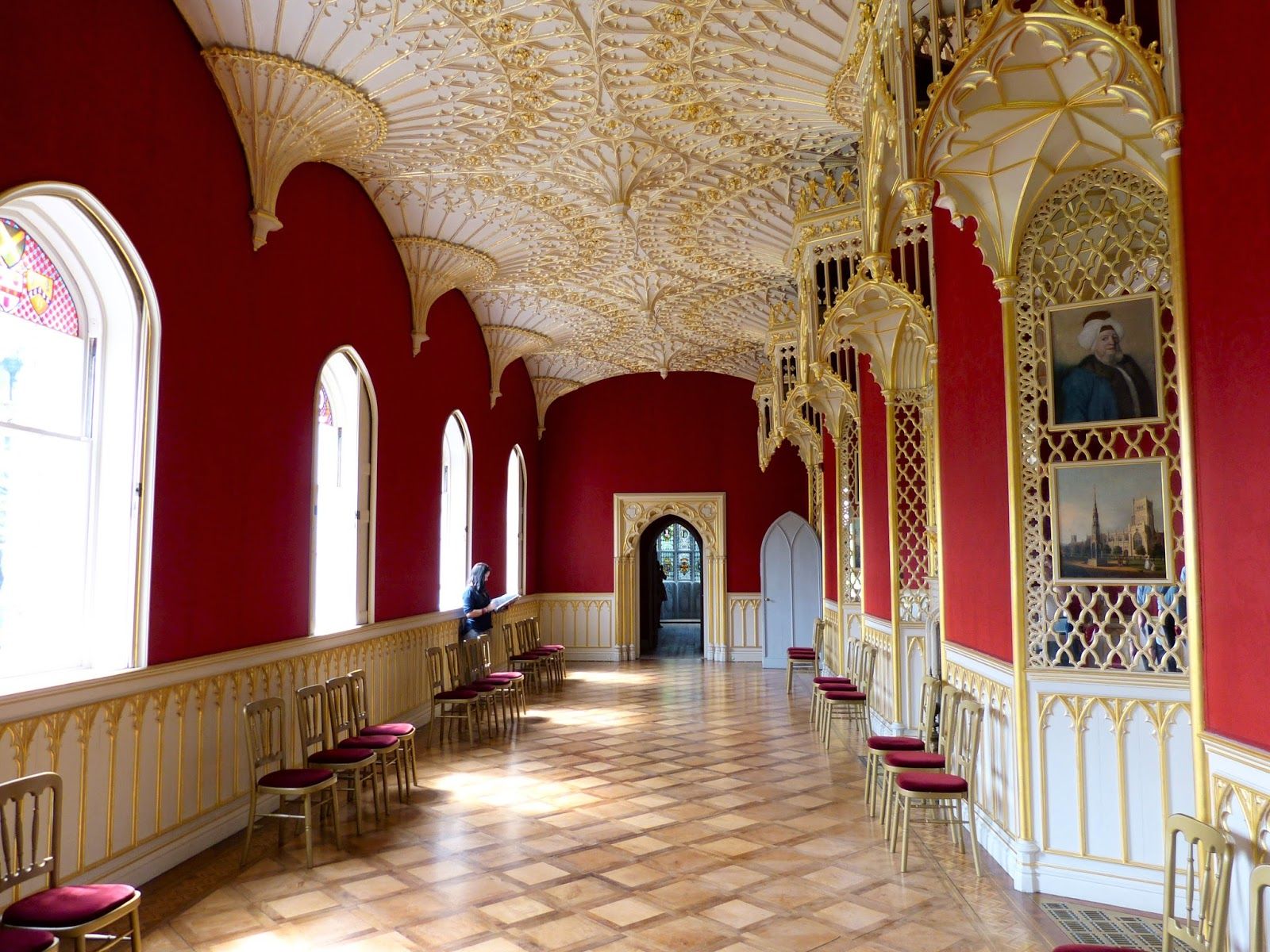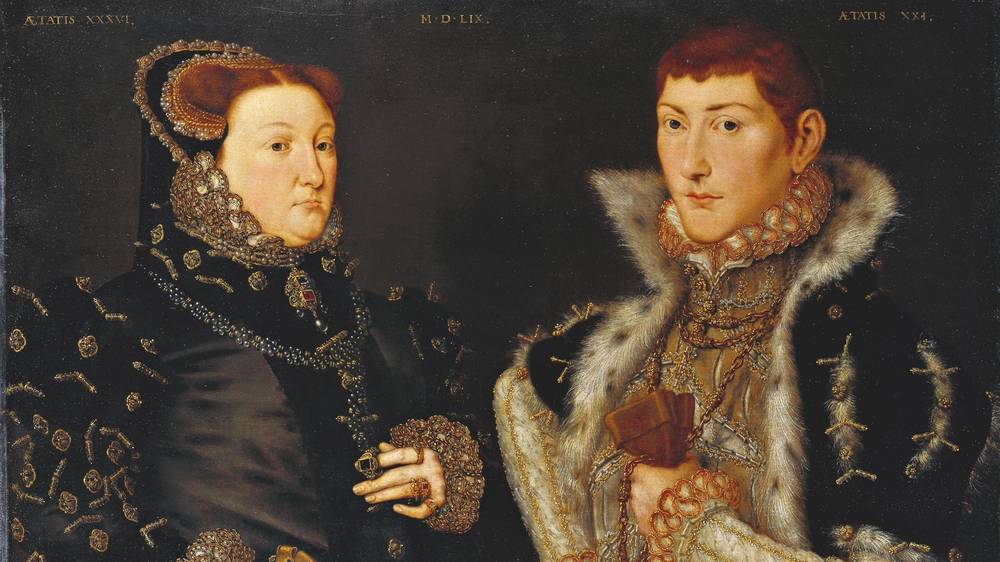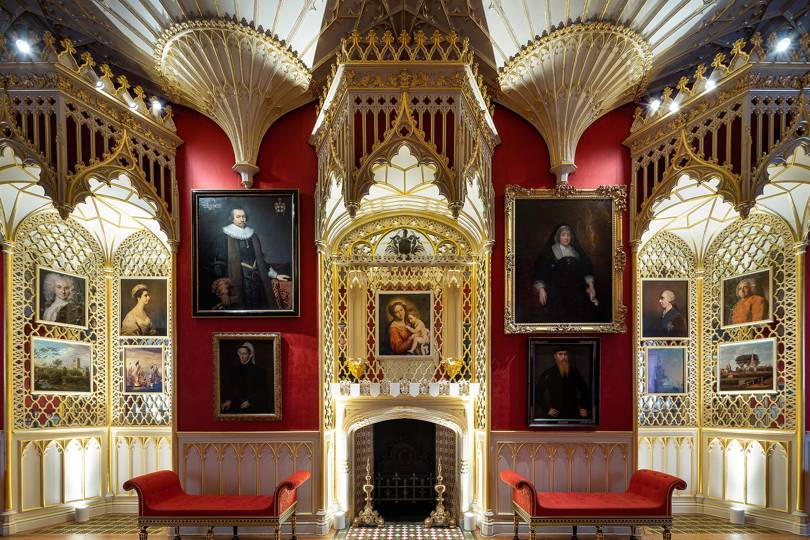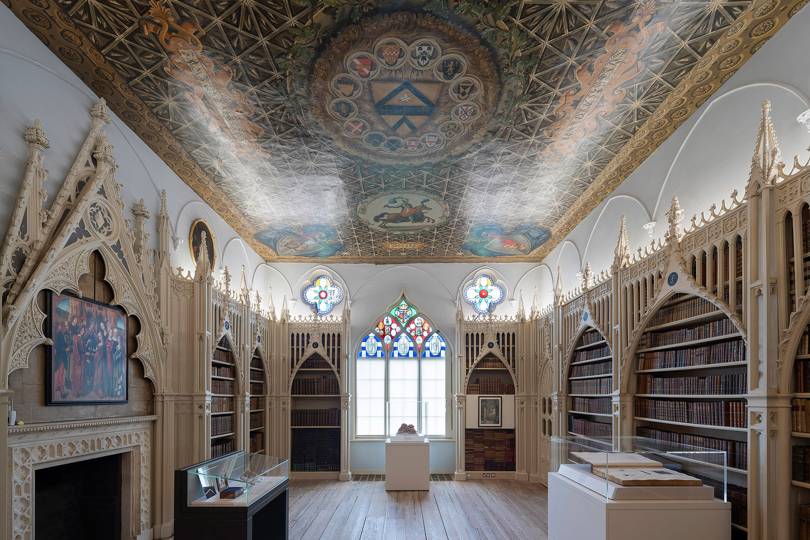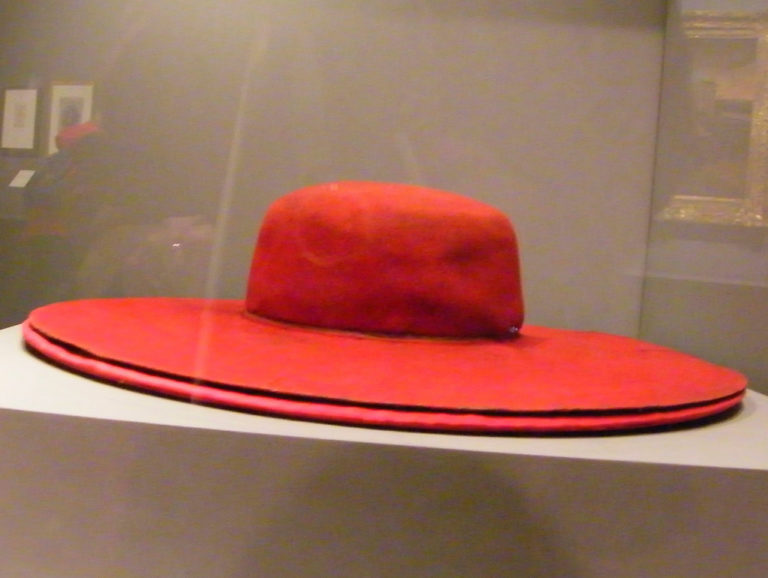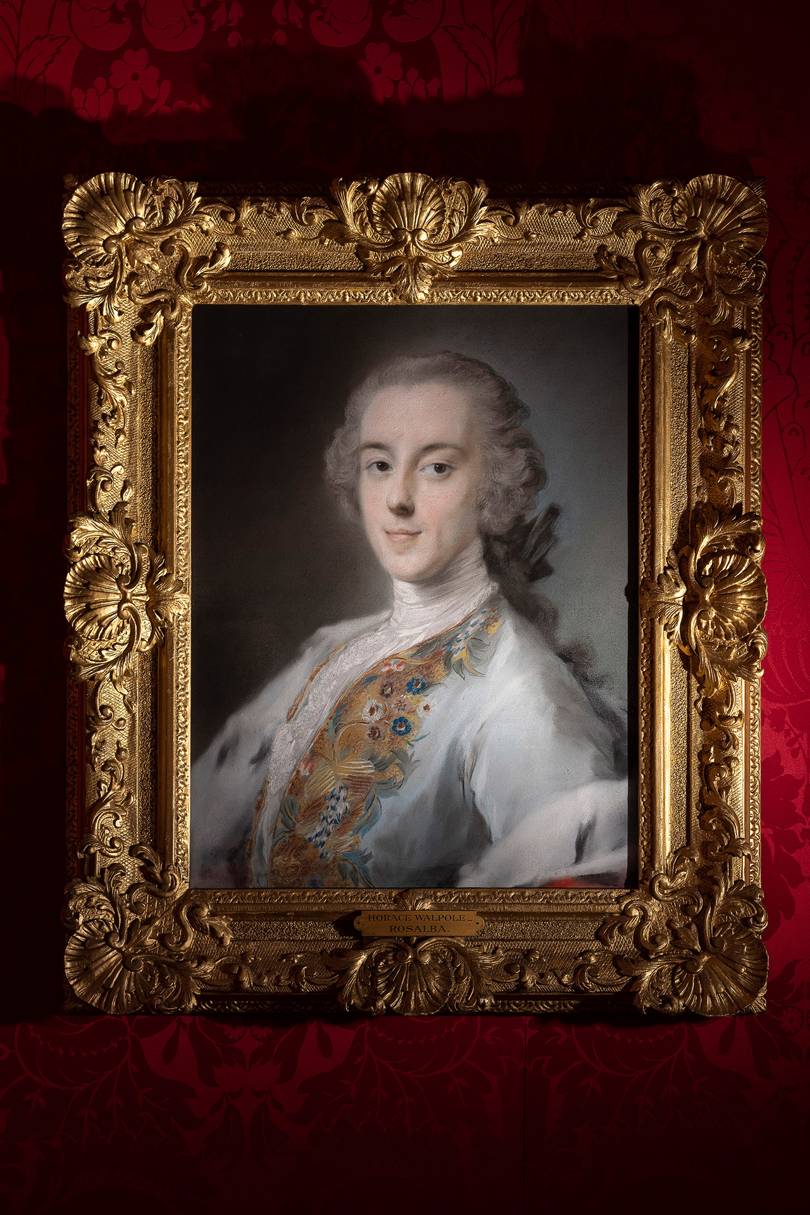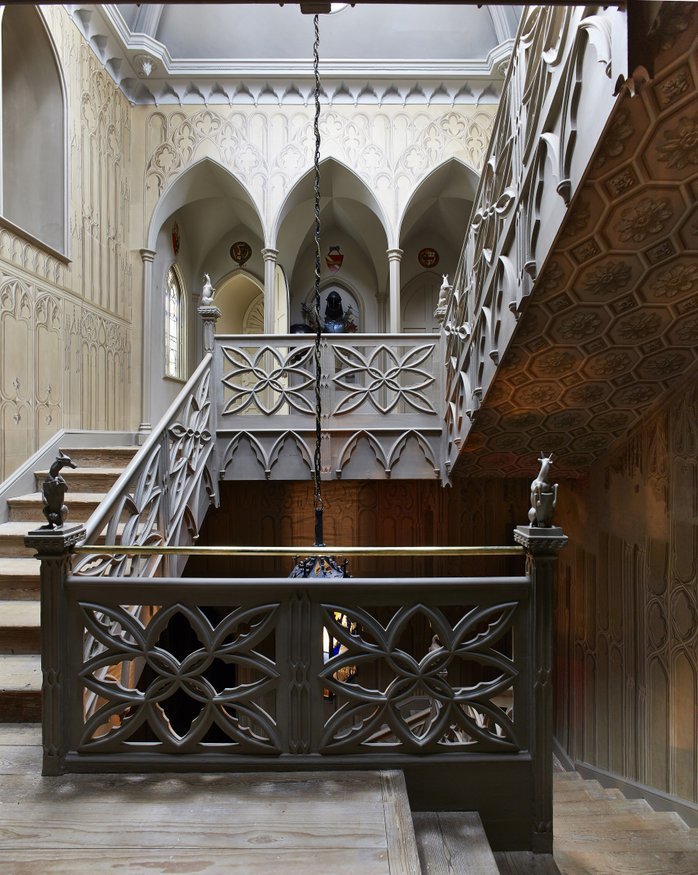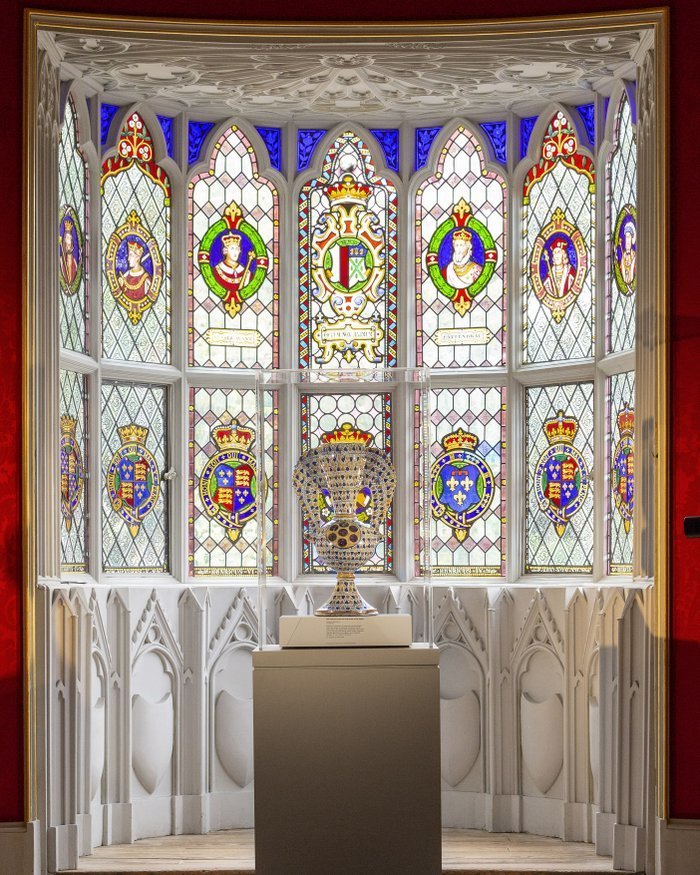The Lost Treasures of Strawberry Hill
/Strawberry Hill House
Despite the misleading title, this exhibition is actually focused on the dispersed treasures from Horace Walpole’s extraordinary and eclectic collection that have been found, and are now displayed in the spaces where Walpole cherished them.
Portrait of Horace Walpole by Sir Joshua Reynolds, 1757
The youngest son of Britain’s first Prime Minister, Walpole (1717-1797) bought a small property in Twickenham in 1749 and spent the next forty years rebuilding, extending and elaborating it into a towered and turreted Gothic revival fantasy folly straight out of a fairy story.
The Gallery
Walpole created the house as a backdrop and setting for his huge collection of artworks and antiquities, which included such treasures as Cardinal Wolsey’s red silk hat and a lock of Mary Tudor’s hair. The clock which Henry VIII gave to Anne Boleyn on their wedding day ticks mournfully and death also haunts the blue and white ceramic Chinese goldfish bowl in which his cat Selima drowned, as elegised by his friend Thomas Gray.
Cardinal Wolsey’s hat, in red silk and felt
Walpole’s collection was dispersed in a huge auction 24-day in 1842, but his meticulous cataloguing of the contents of the house in 1874 and 1884 meant that the almost 200 items which have been lent for this exhibition, from 49 different lenders, can be placed in their original settings.
Roman marble eagle from the baths of Caracalla
Stunning pieces such as the marble eagle from the Baths of Caracalla, one of Walpole’s favourite objects, give a flavour of how the house would have looked to the many fashionable visitors who admired (or disparaged) it in its heyday, but these objects and artworks also highlight the empty spaces, every inch of which were filled with art and historical curios under Walpole’s curatorship.
The Tribune at Strawberry Hill House, Watercolour by John Carter
The Tribune as it is today
This tiny fraction of the original collection nevertheless gives us some insight into the mind of one of Britain’s greatest antiquarians. A keen connoisseur of painting, Horace Walpole was also the first historian of British Art as well as the inventor of the Gothic novel, of which his The Castle of Otranto is generally considered to be the first example.
The portrait of Lord Carey, attributed to Geereats, which inspired the portrait which came alive and stepped out of its frame in The Castle of Otranto.
The Ladies Waldegrave (Horace Walpole’s nieces), Sir Joshua Reynolds, 1781
But this was a man with a mischievous streak and a sense of humour: he even wore the extraordinary lacy cravat carved in limewood by Grinling Gibbons to entertain visitors, together with a pair of gloves owned by James I, and much of both the original collection and these fews items here to represent it reflect the whimsical and the unusual, with items cherished for their poignant and anecdotal back stories, still available to us from Walpole’s own catalogues.
Cravat, carved in limewood by Grinling Gibbons
The Limoges cow horn detailing the conversation of St Hubert and Dr Dee’s obsidian magic mirror are not great works of art but this space was made for objects such as these.
Limoges Hunting horn depicting the conversion of St. Hubert in the forest.
Walpole left no children, legitimate or otherwise, and kept a sensuous painting of a shepherd boy by Peter Lely in his bedroom, leading to much speculation that he was gay, although he need not have kept this hidden in the Age of Enlightenment.
The Shepherd Boy, Peter Lely
Despite the many bare spaces, and even bare walls, Strawberry Hill House with these borrowed objects back within its walls gives a glorious insight into the the origins of Gothic and the broad spectrum of interests of an 18th century collector and intellectual.
The curators are still hunting for further lost treasures, and you can follow their their efforts - and possibly even help - on the blog at: https://www.strawberryhillhouse.org.uk/strawberry-hill-treasure-hunt/

